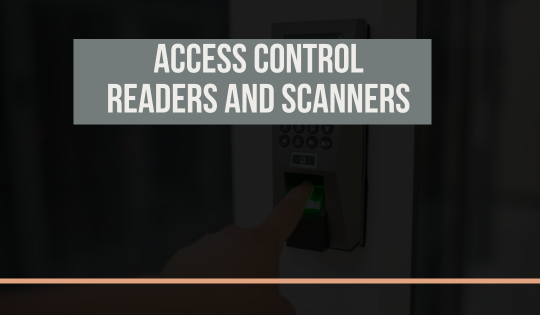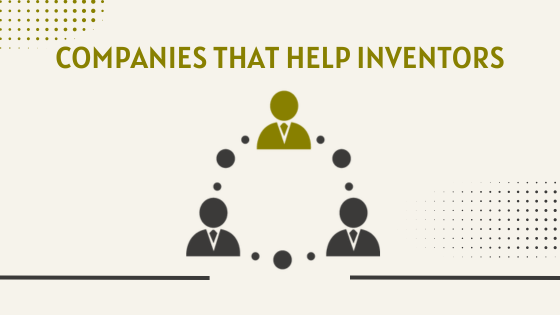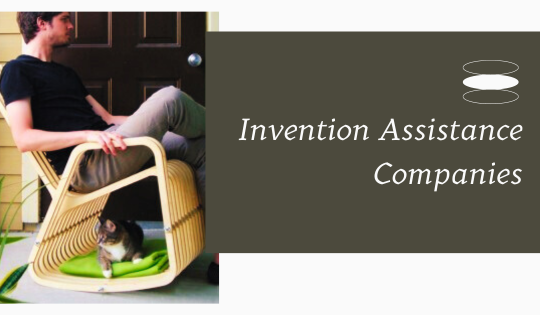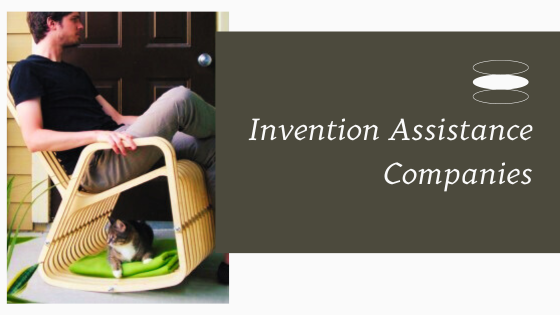The Importance of Fingerprint Scanners for Access Control
In today’s fast-paced, technology-driven world, security is a top priority for both businesses and residential properties. One technological advancement that has rapidly gained traction in enhancing security is the fingerprint scanner. These devices serve as a critical component in access control systems, providing an effective means of managing entry and ensuring safety. As a leading provider in Bangkok, Personet Shop offers a range of high-quality fingerprint scanners, making it easier than ever to secure your premises.
Enhanced Security
นิ้ว หน้า scanner provides a heightened level of security by utilizing biometric technology. Unlike traditional access methods such as keys or PIN codes, fingerprints are unique to each individual, making it extremely difficult for unauthorized persons to gain access. This biometric method removes the risk of keys being duplicated or passwords being shared, adding an extra layer of protection to secure areas.
Accuracy and Reliability
Fingerprints consist of unique patterns that are not shared by any two individuals, ensuring a high degree of accuracy in identification. Modern fingerprint scanners, like those offered by Personet Shop, utilize advanced algorithms to recognize and verify the intricate patterns of a fingerprint with precision, reducing the chances of false acceptances or rejections. This reliability is crucial in environments where security cannot be compromised.
Convenience and Efficiency
Another significant advantage of fingerprint scanners is their convenience. Users simply place their finger on the scanner, and the system quickly verifies their identity, streamlining the access process. This efficiency is especially beneficial in high-traffic areas where swift access is necessary. By eliminating the need for carrying physical keys or remembering complex passwords, fingerprint scanners enhance user convenience without sacrificing security.

Cost-Effectiveness
While fingerprint scanners may seem like a substantial upfront investment, they are cost-effective in the long run. By reducing the need for physical keys and eliminating the costs associated with lost key replacements or password resets, businesses and property owners can save money over time. Moreover, Personet Shop offers competitive pricing on their wide range of biometric access control solutions, ensuring accessibility for various budget requirements.
Integration and Scalability
Fingerprint scanners can easily integrate with existing security systems, allowing for seamless upgrades and enhancements to your current setup. Their scalability means that businesses can implement these systems in small offices or expand them across multiple locations with ease. Personet Shop provides expert guidance in choosing and integrating fingerprint scanners that meet the specific needs of your environment, ensuring an optimal security setup.
Local Expertise and Support with Personet Shop
When choosing a fingerprint scanner, working with a knowledgeable provider is crucial to ensuring you select the most suitable device for your needs. Here is where Personet Shop excels. With their local expertise and in-depth understanding of security challenges specific to Bangkok, they can help you navigate the wide array of options available. Not only do they offer high-quality devices from leading manufacturers, but they also provide reliable customer support and maintenance services, ensuring the long-term effectiveness of your security system.
Innovative Solutions
At Personet Shop, innovation is a cornerstone of their offerings. They stay abreast of the latest advancements in biometric technology, ensuring you have access to cutting-edge solutions for your security needs. From touchless fingerprint scanners to devices with multi-factor authentication capabilities, Personet Shop offers a range of innovative products that cater to diverse security requirements.
Conclusion
In conclusion, fingerprint scanners are an indispensable component of modern access control systems, combining security, accuracy, convenience, and cost-effectiveness. For those in Bangkok looking to enhance their security infrastructure, Personet Shop is the ideal partner. With their extensive selection of high-quality fingerprint scanners, expert guidance, and exceptional customer service, they make it easy to implement a secure and efficient access control system. Invest in fingerprint scanners today and ensure the robust security of your premises.


















